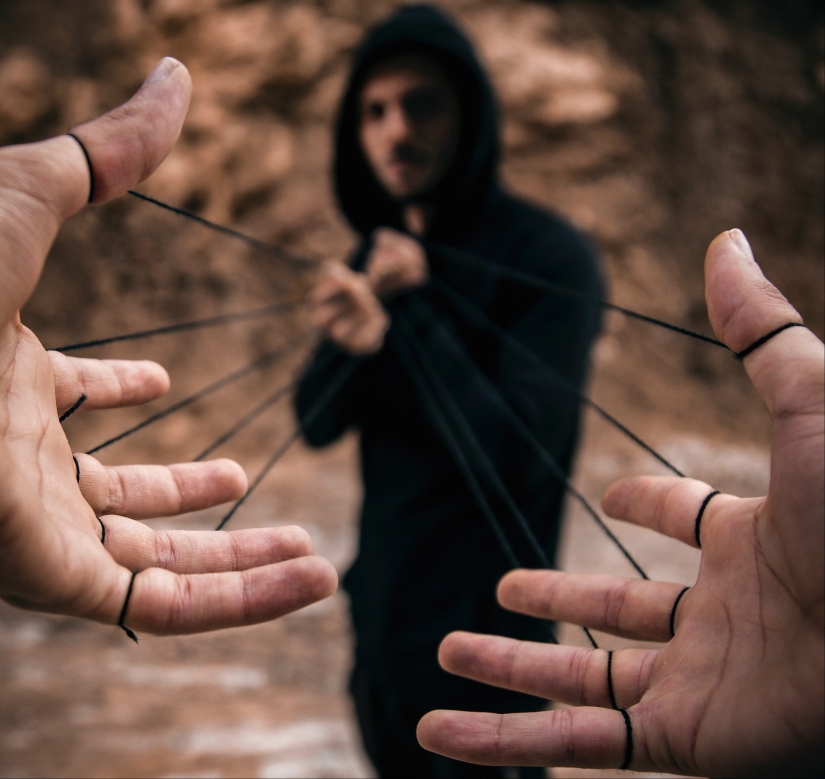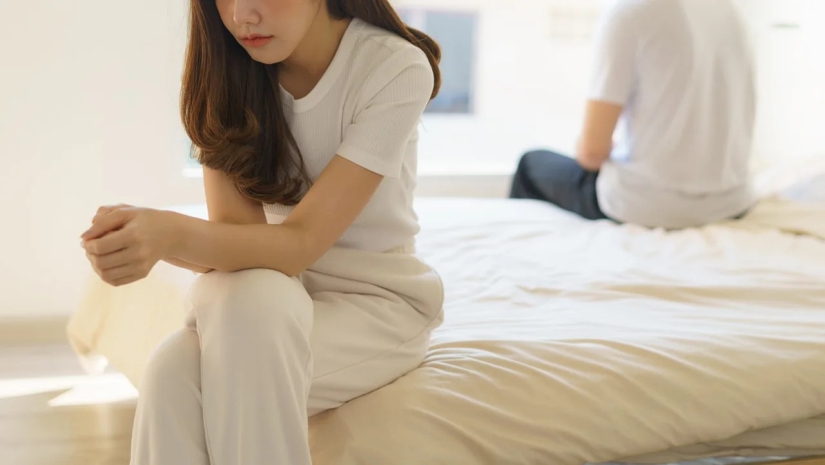The four attachment styles and how they affect your relationships
Categories: People | Psychology | Relationship | Society | World
By Vika https://pictolic.com/article/the-four-attachment-styles-and-how-they-affect-your-relationships.htmlIdentifying your and your partner's attachment styles can help you improve your relationships, experts say.
Do you identify as anxious, avoidant, disorganized, or secure?
For those who aren’t up on pop psychology vernacular, these terms refer to the four attachment styles. Attachment styles describe how people behave in relationships, from their desires for closeness and intimacy to their sensitivity to potential relationship threats. But unlike say, the five love languages or the Myers-Briggs personality types, attachment styles are rooted in science.
First developed by psychoanalyst John Bowlby in the 1950s and later expanded on by his colleague Mary Ainsworth, attachment theory originally focused on how infants behaved when they were separated from their caregivers. Then in the ‘80s, psychologists Cindy Hazan and Phillip Shaver discovered that adults exhibited similar patterns of behavior in romantic relationships.
As people seek to understand themselves and their partners, attachment theory has since transcended the pages of psychology textbooks and achieved mainstream recognition. The 2010 self-help book “Attached: The New Science of Attachment and How It Can Help You Find — And Keep — Love,” written by Dr. Amir Levine and Rachel Heller, has seen a recent surge in sales. On TikTok, meanwhile, the hashtag #attachmentstyle has been viewed more than a billion times.
Understanding your own attachment style, as well as the attachment styles of others in your life, can help improve your relationships. But even though attachment theory is ubiquitous these days, it’s often misunderstood.
6 PHOTOS

1. Secure attachment
People with a secure attachment style are overall comfortable with closeness and intimacy and able to communicate their needs and feelings in relationships, said Levine, who is also an associate professor of psychiatry at Columbia University. Secure people tend to be warm and loving and generally trust their partners without fearing they will be abandoned. Perhaps unsurprisingly, secure people tend to be happier in relationships, Levine said.
Psychologists Hazan and Shaver found in their research that about 56% of subjects had a secure attachment style.

2. Anxious attachment
People with an anxious attachment style crave intimacy and closeness, Levine told CNN. But they’re also sensitive to potential relationship threats — they tend to worry about whether their partner wants to be with them, and therefore require more frequent validation.
When confronting a potential relationship threat, anxiously attached people can sometimes resort to something called protest behavior — for example, if they sense that their partner is being less attentive to them, they might do things to make their partner jealous or threaten to leave. However misguided, such reactions are an attempt to reestablish a connection in the relationship.
About 19% of Hazan and Shaver’s research subjects had an anxious-ambivalent (another word for anxious) attachment style.

3. Avoidant attachment
People with an avoidant attachment style associate intimacy with a loss of independence, and as a result, they tend to withdraw when someone gets too close. It’s not necessarily that these people don’t want to be in relationships, Levine said, but they feel overwhelmed by closeness.
“There’s this idea that love conquers all — that if someone loves you enough, they will do everything in their power to be with you,” Levine said. “But that’s not true at all. People can love you a lot, but depending on their attachment style, they’ll behave very differently.”
About 25% of Hazan and Shaver’s research subjects had an avoidant attachment style.

4. Fearful avoidant attachment
Fearful avoidant attachment, also known as disorganized, is a combination of anxious and avoidant styles and is rarer and less discussed than the other three. People with fearful avoidant attachment desire connection, but fear getting hurt once they are in a relationship and tend to push people away as a result.
Between 3% to 5% of people fall into this category, Levine and Heller wrote in “Attached.”
“They have tendencies of both anxious and avoidant attachment styles, except there’s more of this core wound of betrayal,” added Jessica Da Silva, a marriage and family therapist and attachment coach. “Oftentimes they’ve had very severe levels of trauma, often a lot of abuse. So there’s this sense of not really being able to fully trust people.”

5. Fearful avoidant attachment
Fearful avoidant attachment, also known as disorganized, is a combination of anxious and avoidant styles and is rarer and less discussed than the other three. People with fearful avoidant attachment desire connection, but fear getting hurt once they are in a relationship and tend to push people away as a result.
Between 3% to 5% of people fall into this category, Levine and Heller wrote in “Attached.”
“They have tendencies of both anxious and avoidant attachment styles, except there’s more of this core wound of betrayal,” added Jessica Da Silva, a marriage and family therapist and attachment coach. “Oftentimes they’ve had very severe levels of trauma, often a lot of abuse. So there’s this sense of not really being able to fully trust people.”

Having an attachment style that conflicts with your partner's doesn't have to mean you're doomed. People can shift their attachment styles over time, Levine said.
It can be tempting to view anxious, avoidant, and fearful attachment styles as a sign that something is wrong with you. But that simply isn’t true, nor is it the case that all anxious people are needy and all avoidant people are narcissistic, Levine said. Our attachment styles are part of our biology — there are evolutionary advantages to being more sensitive to threats or to being more independent.
“Attachment styles are not pathological. They’re just a normal variation of a norm,” Levine added.
When it comes to relationships, however, there’s evidence to suggest that it’s more advantageous to be secure. One recent study found that secure adults are more likely to have better mental health outcomes. But if you identify more as avoidant or anxious, not all hope is lost. People have the potential to change their attachment styles and become more secure over time. In addition to recognizing how you respond to threats in relationships, Levine recommends surrounding yourself with more secure people.
Attachment styles aren’t the end all be all of the relationships — some psychologists suggest that reading a self-help book about attachment styles be done in conjunction with therapy or other interventional approaches. But they’re one tool that you can use to better understand yourself and the people who you have relationships with.
Keywords: Relationships | Attachments | Attachment styles | Psychology | Life | Healthy relationships
Post News ArticleRecent articles

Winter is a special time of the year, someone is afraid of her, someone is waiting for snow days to build a snowman or go down the ...

See what uninhibited ladies looked like at the height of the American baby boom. In those days, there was no trace of silicone, and ...
Related articles

Many people mistakenly believe that love is "butterflies in the stomach", passionate kisses in the rain, walks in the late evenings ...

What best supports your marriage or relationship, making them healthy and happy? Of course, a sense of humor. That's what makes the ...

Did you know that cheating can cause a happier and stronger marriage? At least, that's what British psychologists say. The main ...

Photographer from Costa Rica Mario Peraza is a true surrealist artist who uses a digital camera instead of canvas and paint. His ...